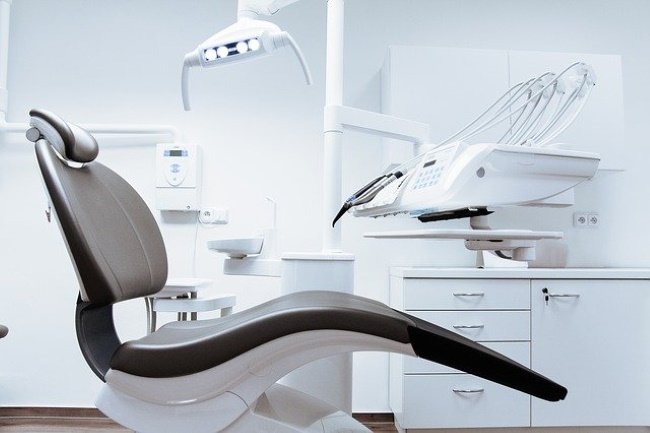Improving patient safety is one of the key goals at any hospital. There are many paths to achieving this goal, but this article will focus on just one effective method: automated dispensing machines for medications. Read on to find out about the vital role these machines play in improving patient safety in both hospital settings.

Image source
What Are Automated Dispensing Machines?
Automated dispensing machines, also known as automated dispensing cabinets, are technologically advanced decentralized medication distribution systems. They provide controlled storage, dispensing, and tracking of pharmaceutical drugs, and are widely used in today’s hospitals.
Before the invention of automated dispensing machines, most wards used 24-hour dose carts. These carts minimized inventory losses since they only carried one day’s worth of medication, but they were inefficient and labor-intensive. They also posed serious risks to patient safety by increasing issues with missed doses and the borrowing of patients’ medications. New, automated systems are far more efficient and secure.
Improved Security to Reduce Medication Diversion
Medication diversion is still a serious problem in a lot of hospitals. It usually involves the theft of narcotics or other controlled drugs, which is a much more common problem in facilities that use antiquated methods of patient medication dispersal.
Automated dispensing machines reduce instances of medication diversion by keeping all medications, including controlled substances, under lock and key and tracking the removal of all drugs from the cabinets. In conjunction with training and accountability programs for staff, they help to ensure that patients who need narcotics and other controlled medications can get them while simultaneously preventing unauthorized access.
Reduce Inappropriate Use of High-Risk Medications
Hospitals can use automated dispensing machines to track the administration of high-risk medications. Each time a healthcare provider orders a dose, the machine can be set to ask a series of questions about its intended use, allowing it to collect data on the subject. The data can then be analyzed to see if doctors are prescribing potentially dangerous medications in a way that increases risks to patients.
Increase First-Dose Accessibility
First-dose accessibility was a serious problem with 24-hour dose carts. Patients had to wait until they received their medications from a pharmacy off-site instead of getting access to them as soon as they were needed. With automated dispensing machines, hospitals can keep all frequently used medications close at hand for immediate access even during emergency situations or after pharmacy hours.
Eliminate Unused “As-Needed” Doses
Hospitals are busy places, so administrative errors are not unheard of. Doctors often prescribe medications on an as-needed basis, which sometimes became problematic on floors that used 24-hour dose carts. Automated dispensing machines allow healthcare providers to access patient medications prescribed on an as-needed basis when they are requested and keep track of when patients get these valuable meds to ensure their providers are following pharmaceutical best practices.
Increase the Focus on Patient Care
Automated dispensing machines decrease the workload for both pharmacists and healthcare providers. As a result, these professionals can dedicate more time to caring directly for patients and implementing additional safety initiatives.
The Bottom Line
Automated dispensing machines are changing the way that hospital administrators think about medication storage and dispensing. They improve patient safety, convenience for clinicians and pharmacists, and hospitals’ bottom lines. Administrators at facilities that have not yet made the switch from manual to automated dispensing should reach out to a specialized pharmaceutical systems provider as soon as possible.
The Role of Automated Dispensing Machines in Patient Safety,




